
Nodular Acne Treatment Duration Calculator
Treatment Details
Estimated Treatment Duration
Based on your selections:
When teenagers struggle with stubborn breakouts, nodular acne is a severe form of acne that forms deep, painful lumps beneath the skin. It results from clogged pores, excess oil, bacteria, and inflammation, often leaving lasting scars if left untreated.
Quick Takeaways
- Hormonal shifts and genetics drive most cases of nodular acne in teens.
- Targeted treatment usually combines topical retinoids with oral medication.
- Early dermatologist involvement prevents scarring.
- Consistent, gentle skin‑care and lifestyle tweaks lower flare‑ups.
- Regular follow‑up adjusts therapy as skin changes.
Why Teens Get Nodular Acne
During puberty, the skin’s oil glands ramp up production. This surge, driven by Hormonal imbalance, floods pores with sebum. When dead skin cells cling to the excess oil, they form a plug that traps Cutibacterium acnes (formerly Propionibacterium acnes). The bacteria multiply, release enzymes, and trigger a strong inflammatory response. The result: a firm, tender nodule that can linger for weeks.
Three additional factors tip the scales:
- Genetics - If a parent battled severe acne, teens inherit larger sebaceous glands and a hyper‑reactive immune response.
- Diet - High‑glycemic foods and dairy can spike insulin‑like growth factor 1 (IGF‑1), further stimulating oil production.
- Stress - Cortisol spikes increase sebum output and make the inflammatory cascade more aggressive.
Spotting the Problem: Diagnosis Basics
Only a qualified Dermatologist can confirm nodular acne. The visual exam looks for deep, rounded bumps that are firm to the touch. Sometimes a skin‑track or shallow punch biopsy is taken to rule out cystic lesions or other conditions.
Key questions during the visit include:
- Onset and duration of lesions.
- Family history of severe acne or scarring.
- Current skincare routine and product usage.
- Dietary habits and recent stressors.
Effective Treatment Options
Because nodular acne sits deep, surface‑only solutions rarely work. The most successful regimens blend multiple layers of therapy.
Topical Retinoids
Topical retinoids (e.g., adapalene, tretinoin) normalize skin cell turnover, preventing new plugs from forming. Apply a pea‑sized amount nightly after cleansing. Expect mild redness for the first two weeks - that’s the “purge” phase, signaling clogged pores are clearing.
Oral Antibiotics
For moderate inflammatory lesions, a short course (6‑12 weeks) of oral antibiotics such as doxycycline reduces bacterial load and inflammation. They should never be used longer than six months to avoid resistance.
Isotretinoin (Accutane)
When nodules are extensive or scarring risk is high, oral isotretinoin is the gold standard. Typical dosing ranges from 0.5mg/kg to 1mg/kg daily for 4‑6 months, aiming for a cumulative dose of 120‑150mg/kg. Monitoring liver enzymes, triglycerides, and pregnancy tests is mandatory.
Hormonal Therapy
Teen girls with pronounced hormonal spikes may benefit from combined oral contraceptives (COCs) that suppress androgen production. Spironolactone is another option for older teens, acting as an androgen blocker.
Procedural Interventions
In‑office procedures can accelerate healing:
- Intralesional corticosteroid injections shrink individual nodules within days.
- Laser & light therapies (e.g., photodynamic therapy) target bacterial colonies and reduce inflammation.
- Chemical peels with salicylic or glycolic acid help resurface skin after active lesions subside.
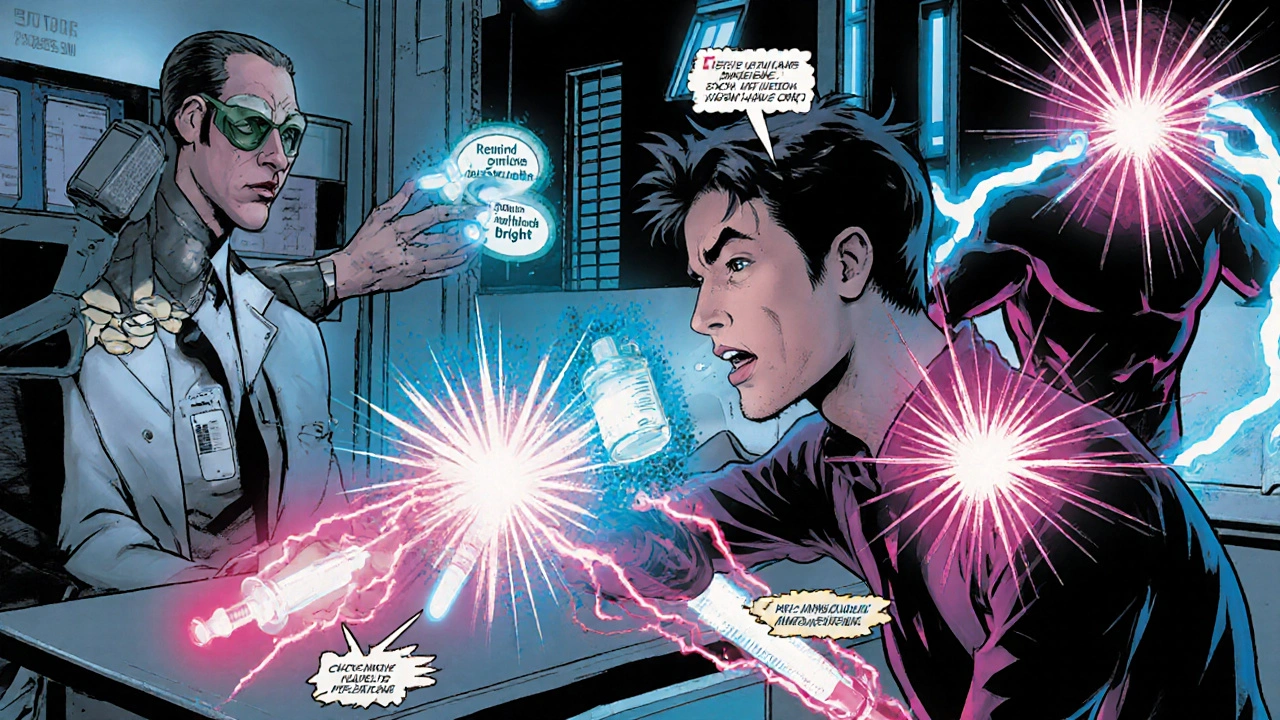
Choosing the Right Regimen - A Quick Comparison
| Option | Primary Benefit | Typical Duration | Key Side Effects |
|---|---|---|---|
| Topical Retinoids | Prevents new pores from clogging | 3‑6months | Dryness, mild irritation |
| Oral Antibiotics | Reduces bacteria & inflammation | 6‑12weeks | Gut upset, photosensitivity |
| Isotretinoin | Long‑term remission | 4‑6months | Dry lips, liver changes, teratogenic |
| Hormonal Therapy | Balances androgen levels | 6‑12months+ | Weight gain, mood swings |
| Procedural (injection, laser) | Fast nodule shrinkage | As needed | Temporary redness, bruising |
Prevention: Keeping New Nodules at Bay
Even with medication, a solid daily routine reduces the odds of fresh breakouts.
Gentle Cleansing
Use a pH‑balanced cleanser twice daily. Avoid scrubbing; harsh friction destroys the skin barrier and can worsen inflammation.
Non‑Comedogenic Moisturizers
After cleansing, apply a lightweight, oil‑free moisturizer containing niacinamide. It calms redness and regulates sebum output without clogging pores.
Sun Protection
Broad‑spectrum SPF30+ shields healing skin from UV‑induced hyperpigmentation. Look for “non‑comedogenic” on the label.
Smart Lifestyle Choices
- Limit high‑glycemic snacks (white bread, sugary drinks).
- Choose low‑fat dairy or dairy‑free alternatives if you notice flare‑ups after milk.
- Incorporate stress‑relief activities-sports, meditation, or hobbies.
- Stay hydrated; water aids toxin elimination and skin elasticity.
Hands‑Off Policy
Resist the urge to squeeze or pick nodules. Physical trauma spreads bacteria deeper, increasing scar risk. If a nodule is particularly painful, schedule a quick in‑office steroid injection.
After‑care: Managing Scars
Even with prompt treatment, nodular acne often leaves marks. Early scar management improves outcomes:
- Silicone gel sheets applied nightly soften raised scars.
- Vitamin C serums boost collagen and fade hyperpigmentation.
- Microneedling performed by a professional can remodel tissue after lesions have cleared.
- Consult your dermatologist about fractional laser resurfacing if scars persist.
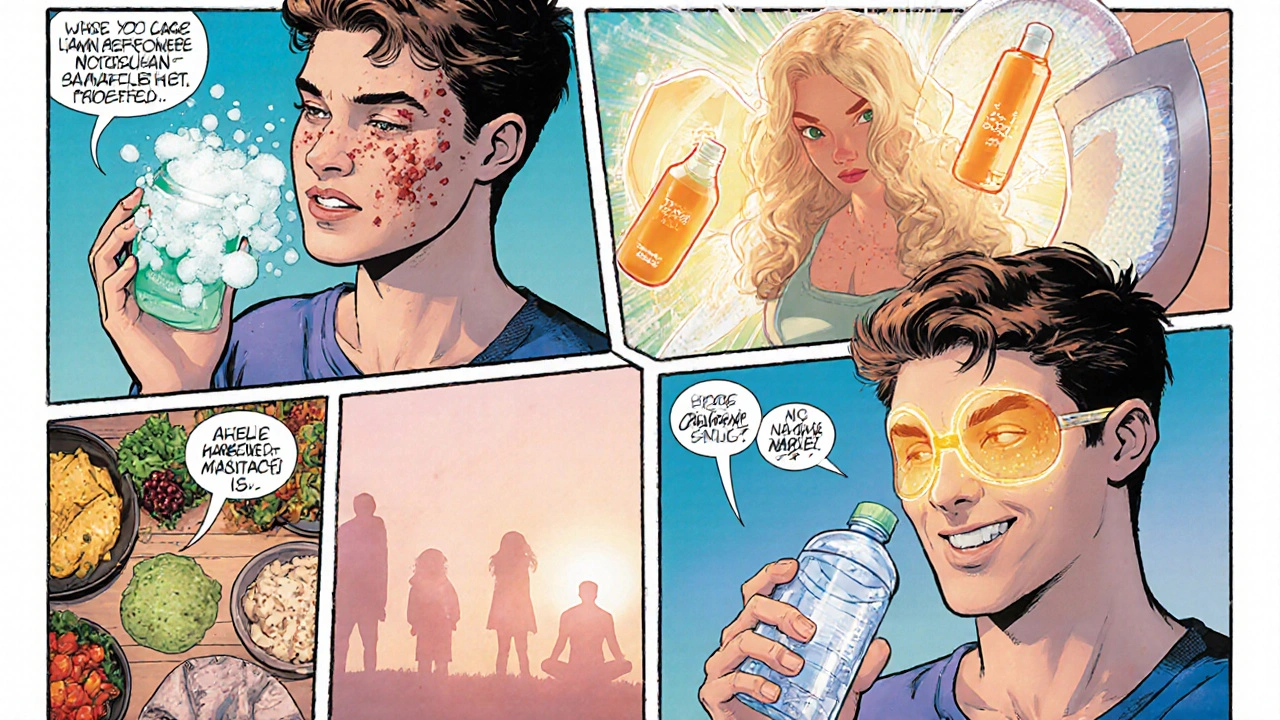
Common Pitfalls to Avoid
Teenagers and parents sometimes fall into these traps:
- Using harsh acne washes that strip the skin. Over‑drying triggers more oil production.
- Relying on “miracle” over‑the‑counter products that contain high alcohol; they irritate and worsen nodules.
- Skipping follow‑up appointments. Acne evolves, and therapy must be tweaked.
- Self‑prescribing antibiotics. Without supervision, resistance and side‑effects rise.
- Ignoring diet and stress. Lifestyle factors can undermine medical gains.
Key Takeaway Checklist
- Get a dermatologist evaluation at the first sign of deep nodules.
- Combine a topical retinoid with an oral option-antibiotic or isotretinoin-based on severity.
- Follow a gentle, non‑comedogenic skincare routine twice daily.
- Watch diet: cut back on sugary carbs and high‑fat dairy.
- Practice stress‑management and avoid picking lesions.
- Start scar‑care early to minimize long‑term marks.
Frequently Asked Questions
Can nodular acne disappear without medication?
Mild cases may improve with consistent skincare, but most teenagers need prescription‑level treatment to fully clear deep nodules and prevent scarring.
How long does isotretinoin take to work?
Patients usually notice a 50% reduction in new lesions after 8‑12 weeks. Full remission appears by the end of the 4‑6‑month course.
Is it safe to mix topical retinoids with benzoyl peroxide?
Both are effective, but using them simultaneously can cause excessive dryness. Apply benzoyl peroxide in the morning and retinoids at night, or alternate days.
What lifestyle changes help reduce nodular acne?
Lowering high‑glycemic carbs, choosing low‑fat dairy alternatives, staying hydrated, getting 7‑9 hours of sleep, and managing stress through exercise or mindfulness all contribute to fewer flare‑ups.
When should a teen see a dermatologist for acne?
If lesions are painful, larger than a pea, or leave scars after a few weeks of over‑the‑counter care, it’s time for professional evaluation.

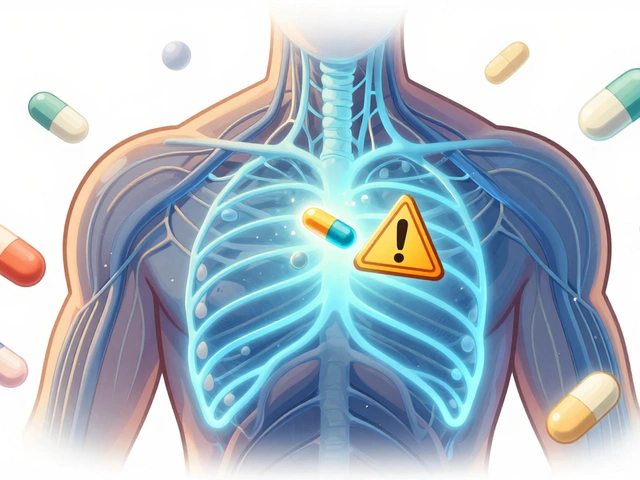
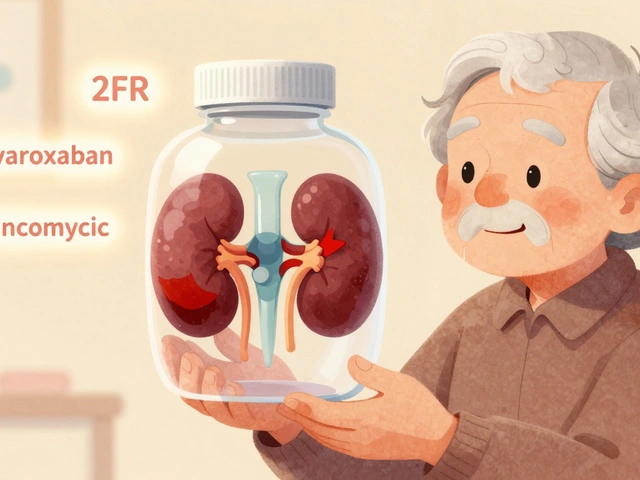
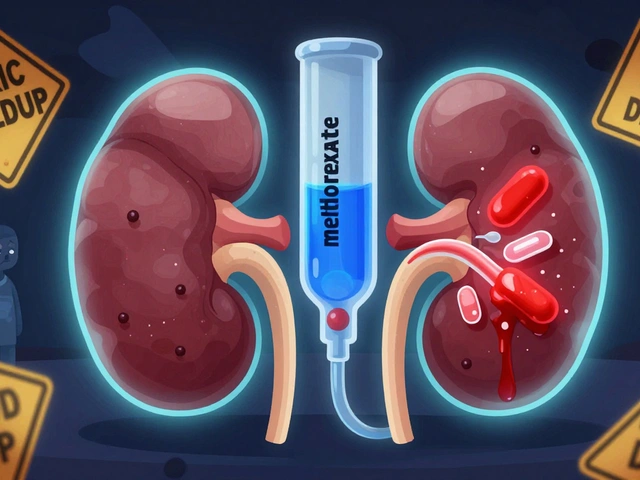
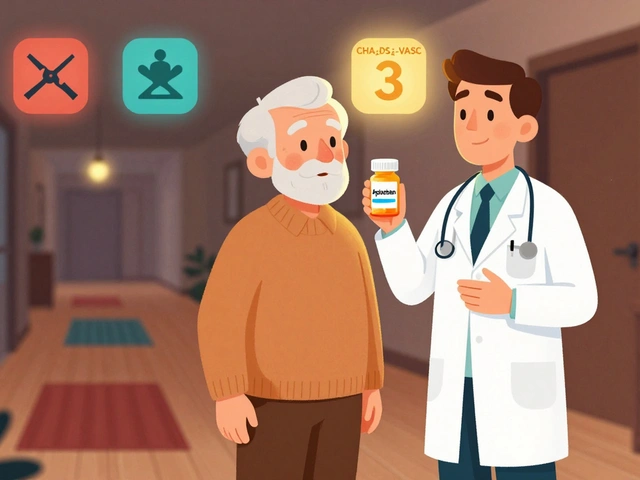
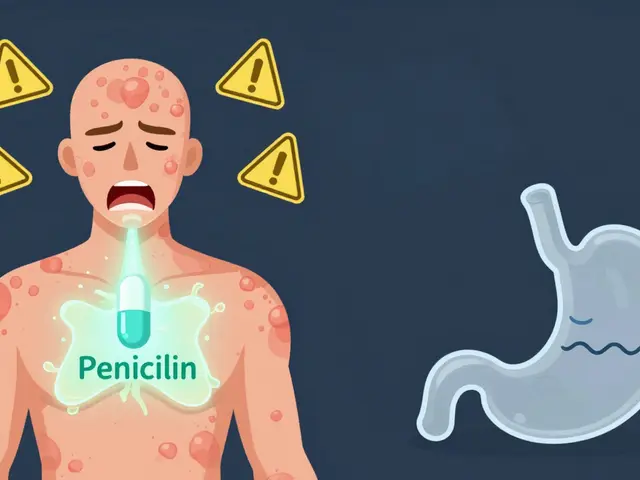
12 Comments
One must appreciate the intricacy of the sebaceous axis when confronting nodular acne; the hyperkeratinization cascade synergizes with androgenic stimuli to engender follicular occlusion of a calamitous degree. The resultant microenvironment is a veritable crucible for Cutibacterium acnes proliferation, precipitating a robust neutrophilic infiltrate. Such pathophysiological nuances underscore the imperative for a multimodal therapeutic algorithm, integrating retinoid-mediated normalization of keratinocyte turnover with systemic anti‑inflammatory agents. Neglecting this paradigm invariably culminates in iatrogenic scarring and psychosocial sequelae.
Yo, did you know the pharma giants don’t want you to hear about the hidden laser tech that actually erases those nasty nodules? 🌐🔬 They push cheap over‑the‑counter stuff while the real game‑changer is sitting in a lab they keep secret. Stay woke and don’t let them sell you a half‑baked solution! ✨😉
When we contemplate the ontological burden of adolescent skin afflictions, we must first recognize that skin, like consciousness, is a boundary between self and other, a permeable membrane through which internal hormonal tides manifest externally. The surge of androgens during puberty is not merely a biochemical spike; it is a cultural rite of passage that the body translates into lipid overproduction, inviting bacterial colonizers to stage an insurgency. In this light, the nodular acne that erupts is a symptom of a deeper discord between the endocrine orchestra and the epidermal infrastructure. Therefore, treatment must be holistic, addressing not only the microbial load with antibiotics but also the existential angst that fuels stress‑induced cortisol surges. A retinoid applied nightly serves as a gentle reminder to the skin cells that renewal is possible, coaxing them away from the hyperkeratinized state that begets blockage. Simultaneously, isotretinoin, when judiciously administered, recalibrates the sebaceous gland’s output, akin to a philosopher adjusting the parameters of a thought experiment to achieve equilibrium. Yet, the ethical considerations of teratogenic risk cannot be ignored; informed consent becomes a dialogue, an exchange of values as much as of facts. Moreover, the psychosocial impact of visible lesions demands compassionate mentorship, for the teenager’s self‑image is inextricably linked to societal perceptions of normalcy. Lifestyle alterations-reducing high‑glycemic diets, embracing stress‑relief practices-function as a form of phenomenological self‑care, aligning the inner narrative with external health. In essence, we are called to heed the interdependence of body, mind, and community, treating nodular acne not as an isolated dermatologic anomaly but as a manifestation of the adolescent’s journey toward integrated selfhood.
i totally get the vibe of balancing retinoids and antibiotics, it's like, you know, you gotta keep the skin chill, but not overdo it, because, like, too much can mess with the barrier, and then you end up with more irritation, which is just a whole other drama, lol. also, staying consistent with a gentle cleanser is key, don't scrub like you're trying to exfoliate a brick wall, that's just gonna make things worse. haha, just keep it simple and let the meds do their thing.
Gentle cleansing twice daily truly makes a difference.
Yeah, because a teen's life is totally defined by whether their pores are clogged.
Hey folks, just a friendly reminder that consistency beats intensity when it comes to acne therapy. Stick to your prescribed regimen, keep a skin journal to track any flare‑ups, and don’t hesitate to reach out to your dermatologist for tweaks. Remember, support systems-family, friends, even online communities-can provide the encouragement you need to stay the course, especially during those tough weeks when the skin feels like it’s battling a volcano.
Seriously, if you think a splash of SPF will magically erase scars, think again-sun protection is just one piece of the puzzle, not the whole masterpiece. But hey, kudos for actually reading the whole guide!
Listen up: diet matters, and cutting sugary carbs isn’t just a trend-it’s scientifically backed. 🍎💪 Also, stress management is non‑negotiable; meditation or a quick jog can curb cortisol spikes. 🌟 Stay proactive, don’t wait for a deep nodule to force you into action.
😊 Absolutely, integrating a balanced diet with consistent skincare and regular dermatologist visits creates a synergistic effect. If you ever feel overwhelmed, remember that a supportive community can help you stay on track. Keep up the good work, and don't hesitate to share your progress!
Permit me to elucidate an oft‑overlooked lexical nuance: the term "laser" should not be conflated with "photodynamic therapy" despite superficial similarities; they are distinct modalities with divergent chromophore targets. Moreover, I must interject that many lay articles egregiously misuse "isotretinoin" as a panacea, neglecting the requisite hepatic monitoring protocols. Precision in language mirrors precision in treatment-both are indispensable.
Alright, so here's the lowdown-when you combine a retinoid with a benzo, you're essentially doing a double‑whammy on the skin's turnover, which can be kinda harsh if you're not careful. But if you space them out-say, benzo in the AM and retinoid at night-you keep the pipeline clear without over‑drying. Also, don't forget to keep that moisturizrr (yes, typos happen) on deck; a niacinamide base can soothe the irritation while still keeping the pores happy.